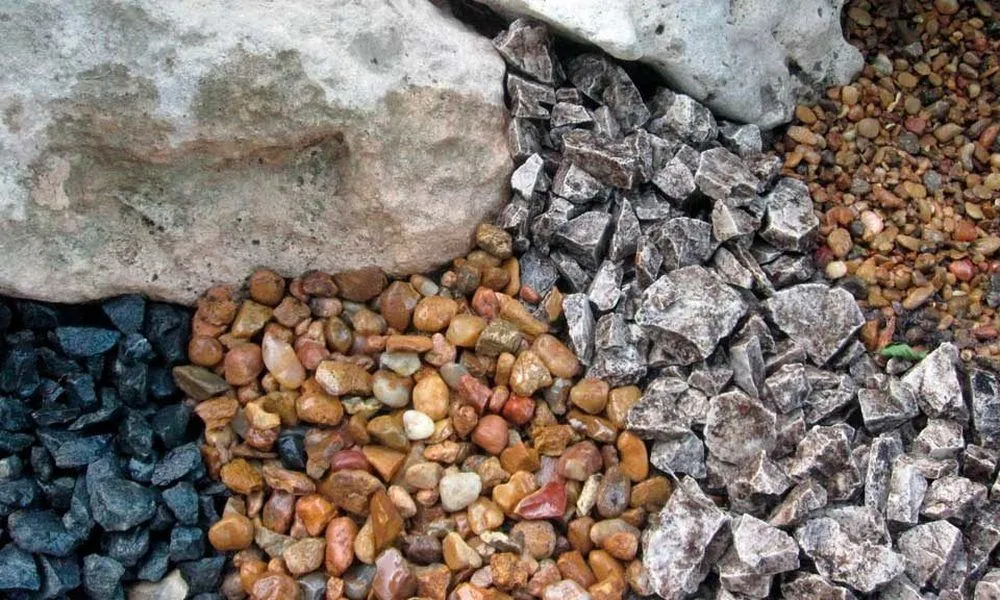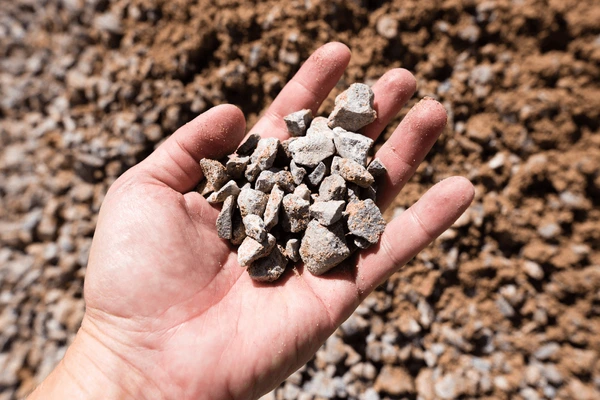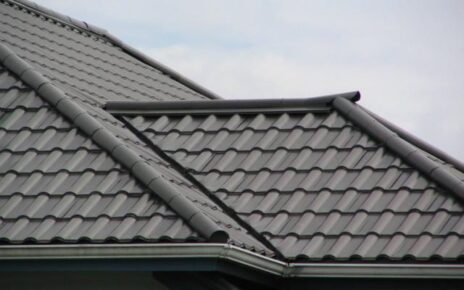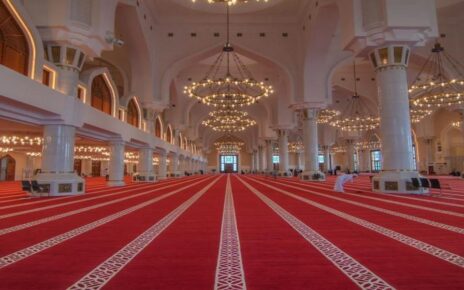Crushed rock is created through the mechanical breaking down of larger rocks into smaller, angular pieces. This process results in materials of various sizes and compositions, each serving specific purposes in landscaping and construction. The angular nature of crushed rock is fundamental, as it allows the pieces to interlock naturally, creating a stable and durable surface.
Science behind durability
The exceptional durability of crushed rock applications stems from several key factors that work together to create a robust and long-lasting installation:
- Natural interlocking – The angular shapes of crushed rock pieces fit together like a puzzle, creating a naturally stable surface that resists movement and settling.
- Water management – The spaces between rocks allow for efficient drainage, preventing water accumulation that could compromise the structure’s integrity.
In the bustling construction market of crushed rock Melbourne suppliers have noted increasing demand for durable premium materials. This trend reflects growing awareness of the importance of quality materials in creating lasting outdoor installations.
Applications in landscaping
Garden pathways
Crushed rock proves invaluable in creating attractive and functional garden pathways. The material offers several advantages:
- Natural aesthetic that complements various landscape designs
- Excellent drainage properties that prevent puddle formation
- Easy maintenance and weed suppression
- Cost-effective installation and replacement
Decorative borders
As a decorative element, crushed rock adds visual interest and practical benefits:
- Creates clear boundaries between different landscape elements
- Provides erosion control in sloped areas
- Offers year-round color and texture
- Requires minimal maintenance
Driveway construction benefits
Superior load bearing
Crushed rock driveways excel in supporting vehicle weight due to:
- Even distribution of pressure across the surface
- Resistance to compaction and rutting
- Ability to maintain structural integrity under repeated use
- Enhanced stability through proper layering techniques
Weather Resistance
The material demonstrates exceptional performance in various weather conditions:
- Excellent drainage during heavy rainfall
- Resistance to frost heave in cold climates
- Minimal dust generation in dry conditions
- UV stability without color fading
Installation considerations
Proper base preparation
The success of any crushed rock installation depends heavily on proper base preparation:
- Soil assessment
- Evaluate existing soil composition
- Determine drainage patterns
- Address any underlying issues
- Excavation
- Remove topsoil and vegetation
- Establish proper depth for application
- Create appropriate grade for drainage
- Compaction
- Compress base material thoroughly
- Ensure even distribution
- Test stability before adding crushed rock
Layering techniques
Proper layering is crucial for optimal performance:
- Base layer
- Larger aggregate for foundation
- Thorough compaction
- Adequate depth for intended use
- Middle layer
- Medium-sized aggregate
- Proper moisture content
- Even distribution
- Surface layer
- Finer aggregate for a smooth finish
- Careful grading
- Final compaction
Maintenance requirements
Regular maintenance
Maintaining crushed rock installations is relatively straightforward but essential:
- Surface inspection
- Check for low spots
- Identify drainage issues
- Monitor edge definition
- Periodic raking
- Redistribute displaced material
- Level surface irregularities
- Address material migration
- Weed control
- Remove any emerging vegetation
- Apply pre-emergent herbicides when necessary
- Maintain proper depth for weed suppression
Environmental benefits
Sustainable choice
Crushed rock offers several environmental advantages:
- Natural material
- Minimal processing required
- Local sourcing options
- Recyclable material
- Water management
- Natural filtration
- Reduced runoff
- Groundwater recharge
- Heat reflection
- Lower surface temperatures
- Reduced heat island effect
- Energy efficiency benefits
Cost considerations
Initial investment
Understanding the cost factors helps in project planning:
- Material costs
- Type of crushed rock selected
- Quantity required
- Delivery charges
- Installation expenses
- Site preparation
- Labor costs
- Equipment rental
Long-lasting and visually appealing, crushed rock Melbourne brings versatility to various outdoor designs. The proper installation and maintenance of crushed rock installations can extend their useful life and maintain their aesthetic properties.






